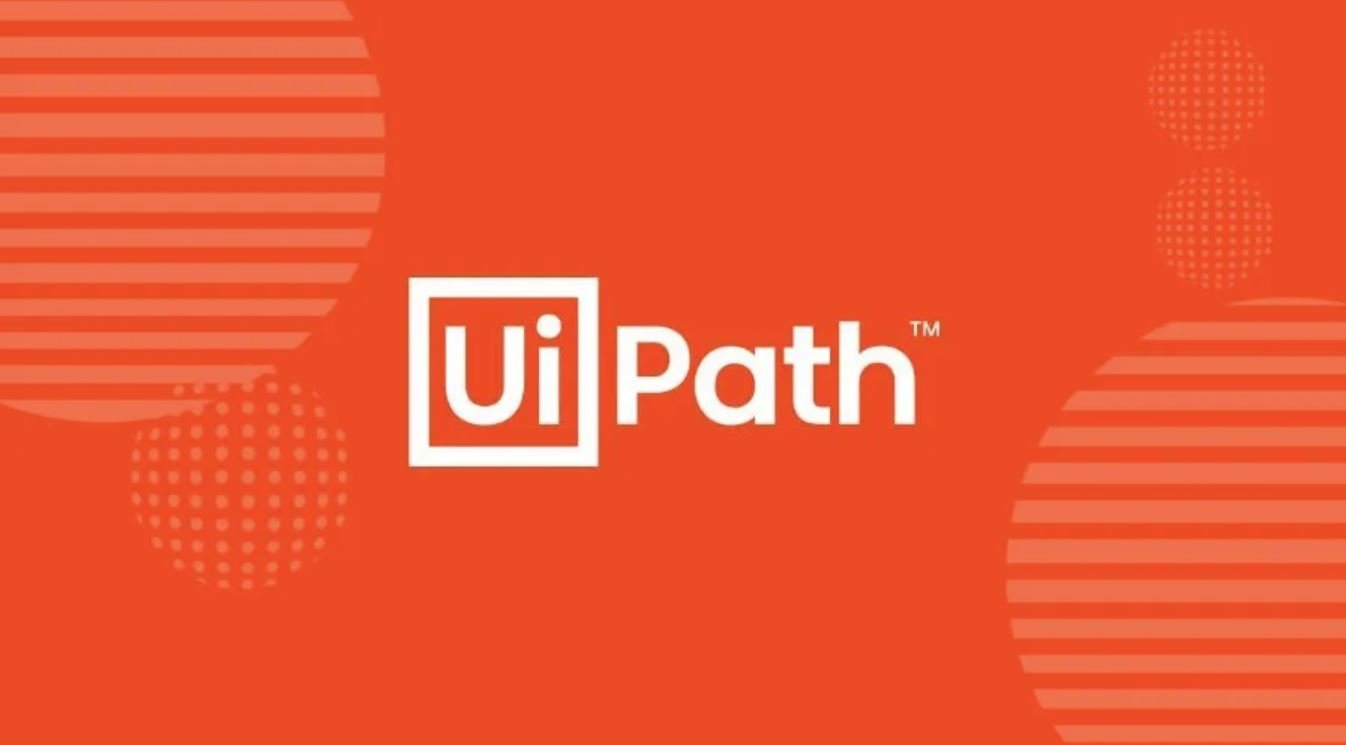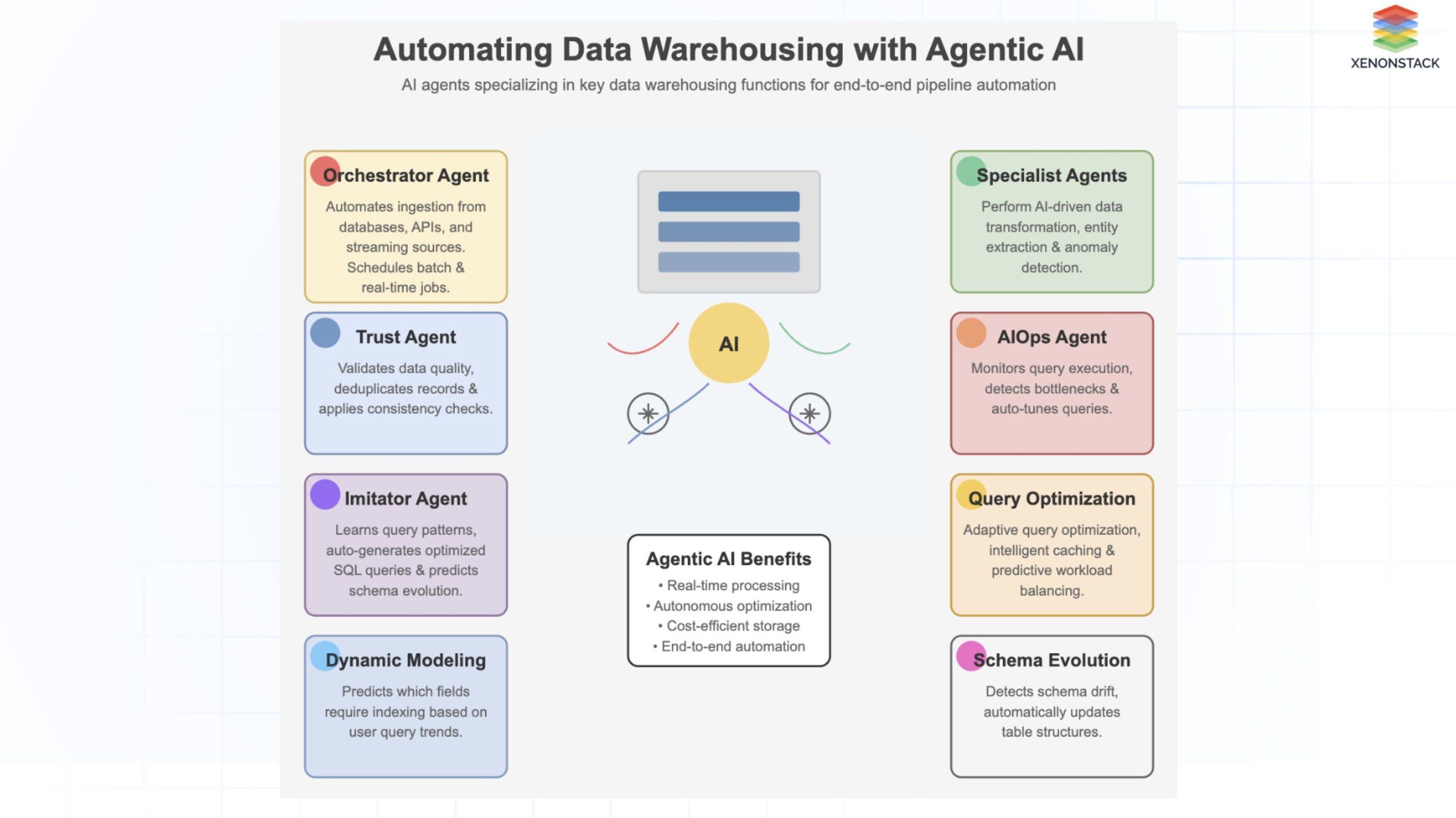Using
Agentic AI
you can build durable
Governance
Step 1: Select Agentic AI Services
-
Claude AI
Claude AI can act as an Agentic AI to govern cross-platform data by ingesting ontologies, interpreting dynamic governance policies, coordinating with external systems, identifying anomalies in context, and generating explainable audit trails.
-

Crew AI
Crew AI enables agentic coordination by assigning specialized AI agents to distinct roles like data steward, quality analyst, or compliance officer. These agents collaborate across platforms, execute tasks via APIs, and make context-aware decisions.
-

Open AI
https://openai.com/
OpenAI models like GPT-4o can power agentic AI for cross-platform data governance by interpreting metadata, contextual understanding, enforcing policies with strong reasoning, and integrating with APIs to execute tasks. -
Hugging Face AI
Hugging Face enables agentic AI for cross-platform data governance by offering open-source models and pipelines for metadata parsing, policy classification, and data quality assessment, with thousands of pre-trained models.
-
Diliko AI
Diliko AI delivers an agentic AI platform that autonomously manages cross-platform data governance. It automates ETL processes, applies real-time security tagging, ensures compliance with regulations like GDPR and HIPAA.
-
Glean AI
Glean AI delivers agentic AI for cross-platform data governance by integrating enterprise data sources, enabling AI agents to autonomously manage workflows and semantic layers of context, to enforce policies, and ensure compliance.
-

Credo AI
Credo AI provides an agentic AI governance platform that automates oversight across the AI lifecycle. It translates policies into actionable controls, assesses risks like fairness and transparency, and generates audit-ready artifacts.
-

Observe AI
Observe.AI eleverages VoiceAI agents that autonomously handle complex, multi-turn conversations, mirroring top-performing human to human workflows requiring real-time communication. Its platform leverages a domain-specific LLMs.
-

Domino AI
Domino AI offers an agentic AI platform that automates cross-platform data governance by embedding policies directly into the AI development lifecycle. It orchestrates model development, deployment, and monitoring in hybrid and multi-cloud.
-
Akka AI
Akka AI enables agentic AI by running distributed, stateful services that autonomously manage data workflows across systems. With features like agent orchestration, persistent memory, real-time streaming, and flexible deployment.
-
Google Cloud AgentSpace
https://cloud.google.com/products/agentspace?hl=en
Google Agentspace is an enterprise AI platform that integrates Gemini's reasoning, Google-quality search, for custom workflows, and seamless integration with tools like Google Drive, Jira, and SharePoint, and others.
-

Salesforce AgentForce
https://www.salesforce.com/agentforce/
Agentforce enables governance within a CDP by deploying AI agents that monitor data ingestion, enforce consent and compliance policies (e.g. GDPR, CCPA), and validate identity resolution logic or flag anomalies.
-

SnapLogic
https://www.snaplogic.com/products/agent-creator
SnapLogic enables agentic AI governance through its AgentCreator platform, allowing enterprises to build AI agents that automate data ingestion, enforce compliance policies, and manage customer data workflows, with over 1,000 pre-built connectors.
-
UI Path AI
UiPath leverages agentic AI to enhance governance by deploying AI agents that autonomously manage data ingestion, enforce compliance policies, and ensure data quality across platforms. With its AI Trust Layer, UiPath allows seamless integration with various LLM providers.
-

IBM Watsonx Governance
IBM’s agentic AI supports multi-platform data governance by automating policy enforcement, monitoring models across environments, and ensuring regulatory compliance. It integrates with cloud and on-prem systems.
Step 2: Design Invisible Governance Solution
-
Data Engineering Operations Agent
https://ai.gopubby.com/agentic-ai-for-data-engineering-4412d5e70189
This architecture presents a transformative approach to enterprise data management by leveraging autonomous AI agents. These agents are designed to handle complex data engineering tasks—such as ingestion, transformation, quality assurance, and compliance—across diverse platforms and systems.
-
Data Management & Governance Agent
https://www.xenonstack.com/blog/agentic-ai-for-data-management
This architecture for Agentic AI in data management introduces autonomous AI agents that collaborate to optimize data pipelines, enforce governance, and deliver actionable insights. These agents automate tasks such as data cataloging, warehousing, analytics, and compliance, across data ecosystems.









